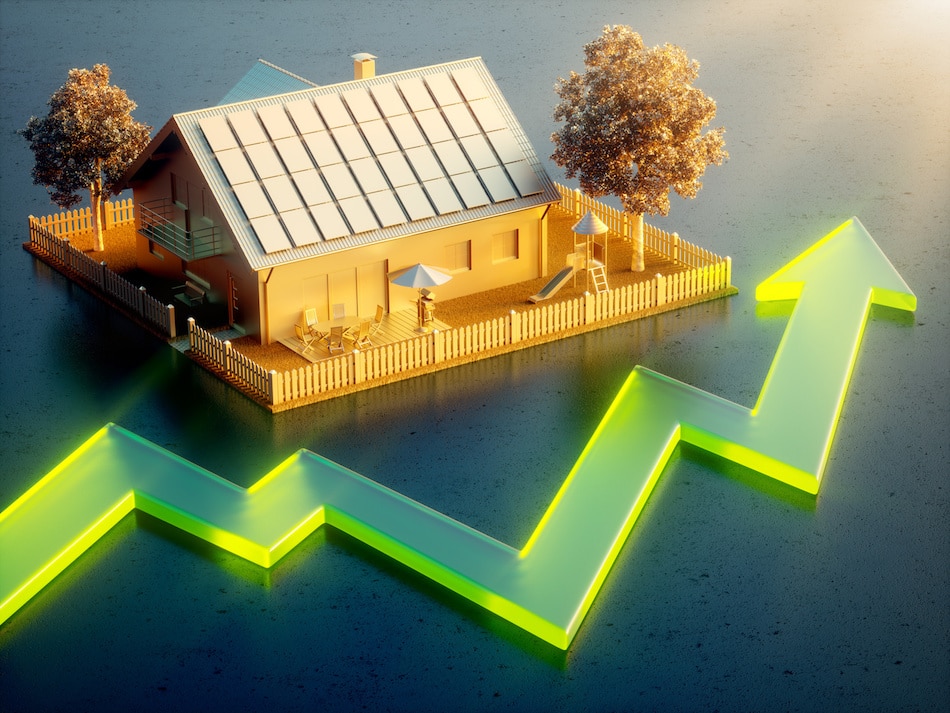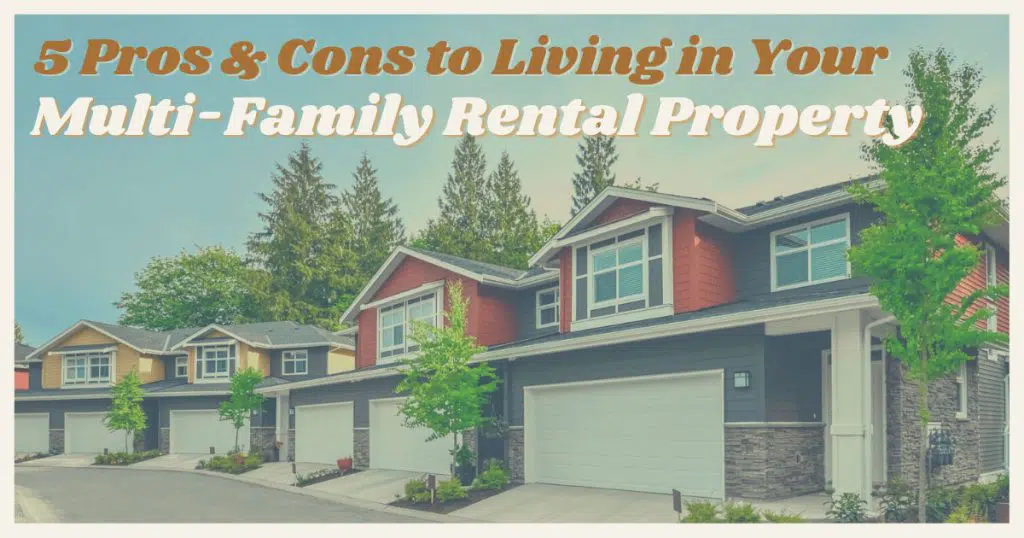
5 Signs Your Neighborhood Is in a Housing Bubble
 Housing bubbles are sometimes difficult to spot when homeowners are actually living in them. After all, San Francisco and New York City real estate are both sky-high, but that doesn’t mean they’re in a bubble. Renters who are waiting for the market to go down in those areas may end up waiting for the rest of their lives. But there are plenty of neighborhoods that do go through a bubble before they finally collapse. so take the time to spot the signs now when buying a home.
Housing bubbles are sometimes difficult to spot when homeowners are actually living in them. After all, San Francisco and New York City real estate are both sky-high, but that doesn’t mean they’re in a bubble. Renters who are waiting for the market to go down in those areas may end up waiting for the rest of their lives. But there are plenty of neighborhoods that do go through a bubble before they finally collapse. so take the time to spot the signs now when buying a home.
Home Prices Are Disproportionate to Salaries
If everyone in a neighborhood makes about $75,000 a year on average and home prices have suddenly ballooned to $1.1 million, this is a clear indication of an unsustainable market. Unless there’s a reason to explain that type of increase, homeowners should not expect the new prices to last much longer before dramatically dipping down. While salary information can be difficult to find, homeowners can typically find what they need by researching on their or by talking to an experienced real estate agent about the assets of new buyers.
Loans Are Given Too Freely
One of the driving factors behind the Great Recession was the assumption that people would always pay their mortgage. The few buyers who were unable to do this were expected to be absorbed as per usual by the normal economy. However, when that proved to not be the case, this became one of the contributing factors to both the housing bubble and the burst of the housing bubble.
Banks have somewhat learned their lesson when it comes to this faulty assumption by tightening up their belts in terms of who gets what. However, there are still some lenders who will give out high-risk loans to buyers who may not have the assets or financial standing to keep up with their payments. Even the government is still being accused of securing loans for people who are extremely unlikely to pay back their loan.
Interest Rates Unexpectedly Climb
Lenders take a number of precautions to protect themselves from buyers who may default on their loans. However, it’s extremely difficult to safeguard every home buyer from the mistakes of those who came before them. If a bank has to raise interest rates, it may be because they’re trying to recalibrate the market or it may be because they’re having to deal with too many outside costs from buyers who can’t pay their mortgage.
From eviction rules to unpaid property taxes, a lender may have to increase their interest rates to account for the extra costs. Either way, a climb in interest rates will typically cause demand to instantly fall, which can make the bubble burst that much faster.
Outside Demand Starts to Slow
Spotting a bubble means keeping an eye on why people are interested in a specific neighborhood and what types of buyers seem to be biting. People buying within the same neighborhood is one thing, but outside buyers are quite another. Those who come from other cities, states, or even countries will find it easier to spot what makes a neighborhood undesirable. Those within the neighborhood don’t always have that type of perspective because they don’t have the recent experiences they need to make the comparison.
Investors Flood the Market
The more real estate investors there are in an area, the more likely it is that they’ll drive up prices while the bubble is strong, only to move out as soon as the market reaches peak capacity. When there’s a rush to flip or invest in houses, it’s a sign that savvy investors see the end of the bubble is near. Home flippers aren’t there to build up equity in a home. They’re going to sacrifice the cost of higher taxes and private mortgage insurance for a spectacular payday. But the more cumulative debt there is in a neighborhood, the more likely it is to go under.
A housing bubble to those living outside the neighborhood is just one of those market phenomenon that happens from time to time. But for the people inside the bubble, the consequences can be devastating for someone who wrongfully assumes how the pricing patterns will go. Buying at the height of a bubble can invite unnecessary debt and loss that sticks with a buyer forever. Talking to a real estate agent or doing your own research into how the market is behaving is the only way to spot the bubble before it bursts, whether you live in Brooklyn Park or elsewhere.



